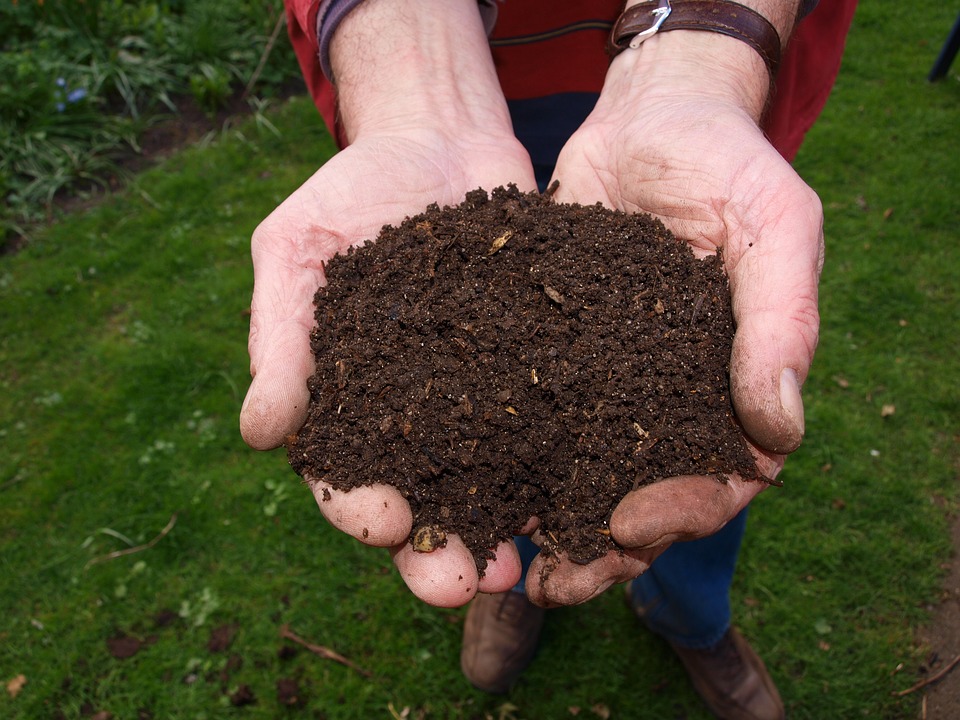Are bioplastic products compostable? What’s the true definition of being compostable? Is there a difference between biodegradable and degradable? It’s time to determine why people are confused about bioplastics and biobased plastics and what you can do to help save Mother Earth.
Is there any hope for humanity in a ridden world with plastic waste when we are still so dependent on plastics? We truly think there is – and there is hope when we start using bioplastics that can break down much more quickly than plastics.
This is probably the most important role of bioplastics – they create an opportunity for humankind to ease into another form of production that doesn’t harm the environment.
Bioplastics do not fit the ‘environmentally safe’ tag 100%. Let’s determine if bioplastic is truly compostable and what it takes to break down bioplastics in today’s important blog.
What Are Bioplastics?
What are bioplastics made of?
Bioplastic is a general term that refers to a massive family of different plastics and polymers used for different industries. The applications of bioplastics are vast, and it’s not surprising that it is now being used for so many fields, not just for food packaging. Admittedly, bioplastics were mainly developed because of the need for better mass-market packaging, as plastic waste has steadily increased. The plastic we are producing and using is simply not breaking down at the rate that we need them to break down. Materials like tapioca starch and even algae are now being used for formulating newer bioplastics that can withstand regular usage in different industries. It’s also good to understand that bioplastics are combined with different materials to improve their durability and other physical characteristics.
How Long Do Bioplastics Take to Decompose?
How do bioplastics decompose?
To understand how the decomposition process occurs, we have to understand the various levels of breakdown from mother nature.
- Degradable – Degradable doesn’t answer why plastics are problematic as materials for mass-produced items. All materials eventually break down, even the most conventional plastic, but the real question is how long before nature takes back these polymers? We are talking about hundreds of years here, and it’s going to be tough to wait it out, consider we produce hundreds of thousands of tons of plastic waste per year. More recently, manufacturers have been adding chemicals to plastics to make them break down faster. However, this effort is not uniform across industries and countries. As long as there isn’t any consistency in the production of these advanced plastics, the problem with plastics remains the same.
- Biodegradable – These are plastics that can be broken down into constituent compounds and elements like carbon dioxide and water. When decomposition is finally involved, the complete breakdown of the bioplastic occurs in mere weeks or months. An important distinction is here – a truly biodegradable bioplastic has to be something that microorganisms can work on and decompose through natural action. Marketing lingo assigns “durability” to bioplastics that don’t break down easily but will still break down after some week or months after being exposed to conditions right for the bioplastics’ breakdown.
- Compostable – These are biodegradable plastic products that can be composted, like garden waste or kitchen waste. The difference between compostable plastics and biodegradable ones is the time needed to break down the material. We can say that a material is compostable because s
Are Bioplastics Good for The Environment?
Is bioplastic compostable?
There has always been confusion about the terms compostable and biodegradable. The interference of degradable makes the discussion even murkier. It is not true that you can use the two terms (compostable and biodegradable) interchangeably. Not all bioplastics are compostable. A truly compostable material should be able to decompose at the same rate as other organic matter. Think banana peels and other kitchen waste. This is where bioplastics are so different from what people perceive as solid waste issues worldwide. For the most part, bioplastics require specialized waste recycling or processing facilities, so they don’t end up in the same state as ordinary plastics.
Unless the manufacturer has indicated that the plastic product is biobased and compostable, do not assume that the biobased plastic is compostable. Remember how these monomers and polymers are made in the first place: instead of using petroleum-based byproducts and materials, the feedstock used for making bio thermoplastics or biobased plastics are derived from plants, so they are easier to break down and are easier on the environment, too. The chemical composition or structure of biobased plastics are identical to the monomers found in conventional plastics, but they are made from organic material instead.
Can You Recycle Bioplastic?
Yes, bioplastics like PLA that are used for the food industry, for instance, are designed by their manufacturers for recycling. These PLA products include disposable PLA utensils, plates, cups, etc. Coffee and soda cups are also part of the recycling belt for bioplastics. As long as the bioplastic is segregated properly and there are proper facilities, bioplastics can be recycled, so they don’t add to the solid pollution affecting both land and ocean now. Some private enterprises have gotten into the scene by improving how bioplastic products are sorted and cleaned. These are two necessary steps needed before PLA, or any other bioplastic can be upcycled. Upcycling is the process of using used materials to create nifty new products. Some examples of upcycled products made from used PLA and bioplastics are sunglass frames, plastic pellets, bioplastic shopping bags, trays for seedlings and germination, filaments for 3D printing, and PLA bottles. There are so many ways to upcycle PLA and bioplastics – there need to be the right facilities to handle the material. This is much better than incinerating the bioplastics, which is certainly less harmful than their conventional plastic counterparts, but still, it’s better to recycle them instead.


